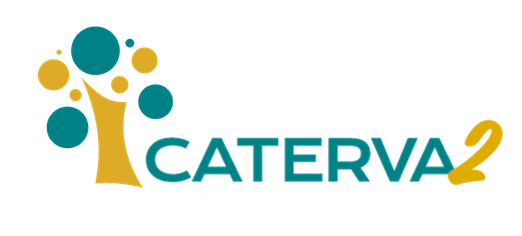Using the REST API#
Using the curl command in the terminal, we can access the Caterva2 REST API and query for example the list of available roots:
curl -X 'GET' \
'https://cat2.cloud/demo/api/roots' \
-H 'accept: application/json'
{
"@public": {
"name": "@public"
}
}
We can query the list of files in the @public root via:
curl -X 'GET' \
'https://cat2.cloud/demo/api/list/@public' \
-H 'accept: application/json'
which gives:
[
"examples/README.md",
"examples/Wutujing-River.jpg",
"examples/cat2cloud-brochure.pdf",
"examples/dir1/ds-2d.b2nd",
...
"examples/tomo-guess-test.b2nd",
"la_blosclz.b2nd"
]
Let’s get some metadata for the "examples/dir1/ds-2d.b2nd" dataset:
curl -X 'GET' \
'https://cat2.cloud/demo/api/info/@public/examples/dir1/ds-2d.b2nd' \
-H 'accept: application/json'
{
"shape": [
10,
20
],
"chunks": [
5,
5
],
"blocks": [
2,
3
],
"dtype": "uint16",
"schunk": {
...
},
"mtime": "2025-10-05T22:00:10.944111Z"
}
Finally we can download the dataset to a local file, localfile.b2nd, using:
curl -X 'GET' \
'https://cat2.cloud/demo/api/download/@public/examples/dir1/ds-2d.b2nd' \
-H 'accept: application/json' --output "localfile.b2nd"
For further details see the Caterva2 REST API documentation, which can be used to automatically generate curl commands of the kind in this tutorial.
